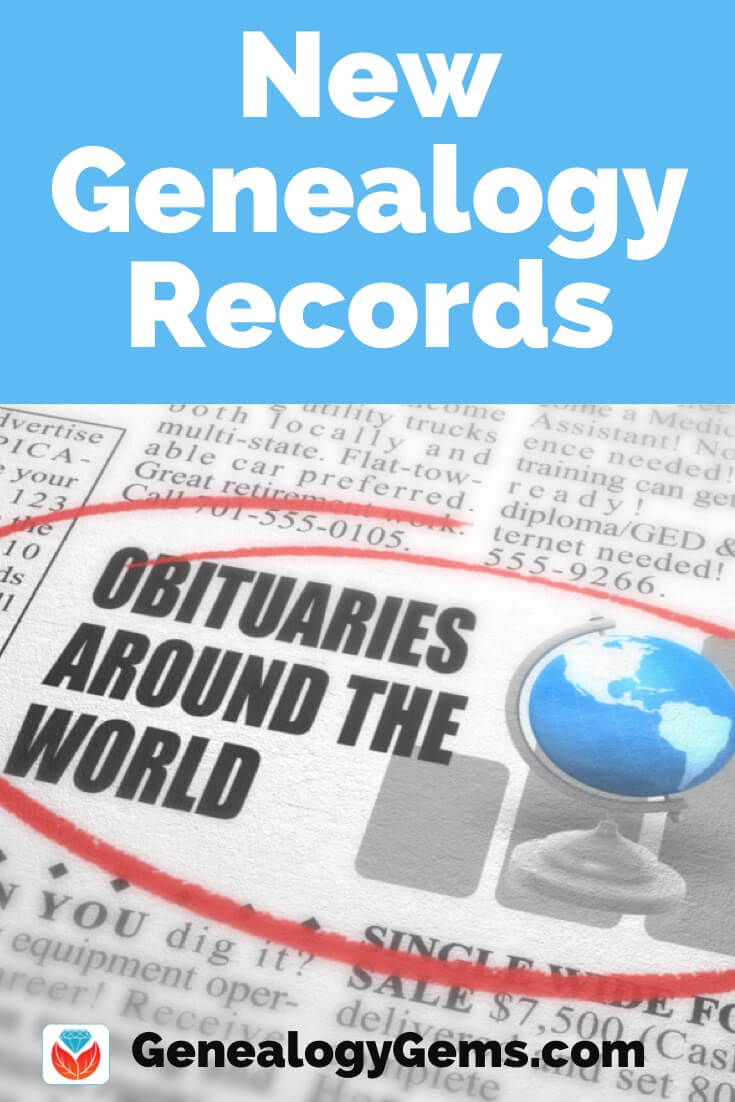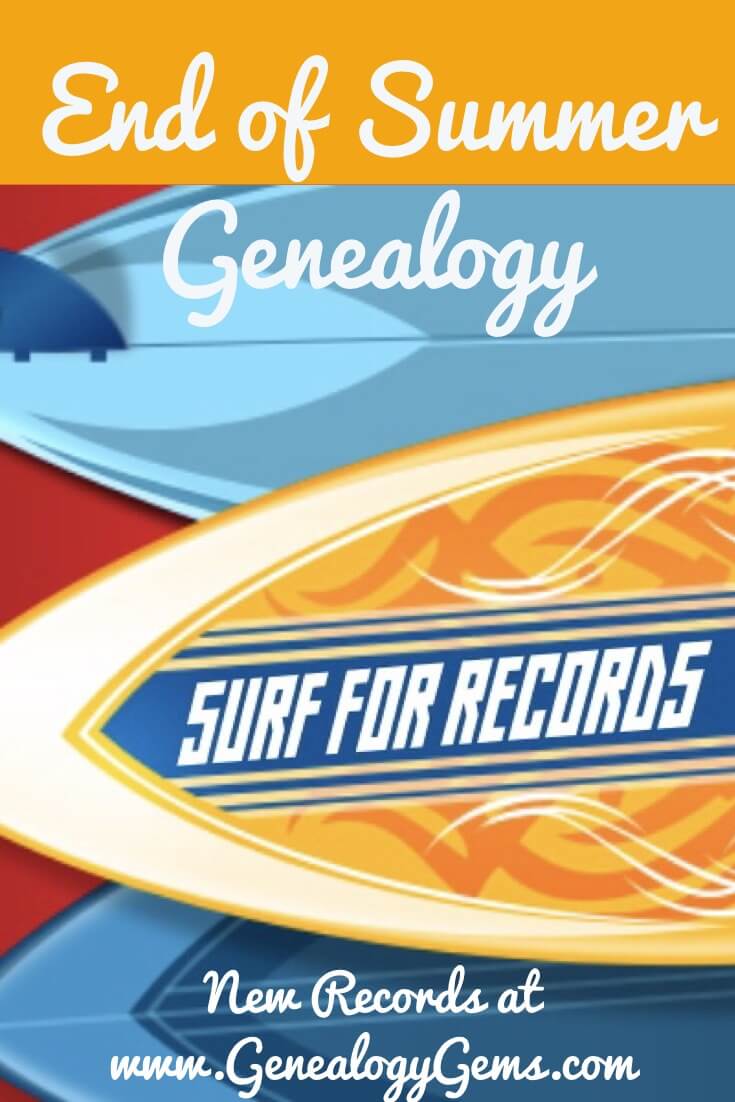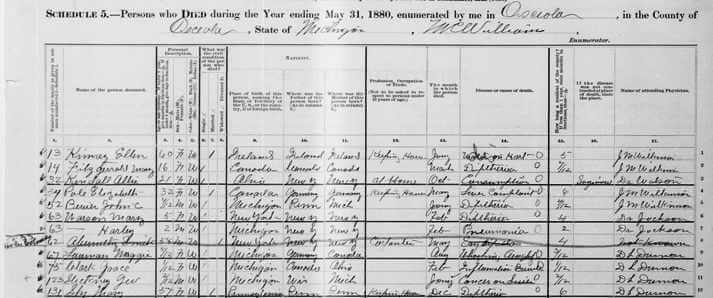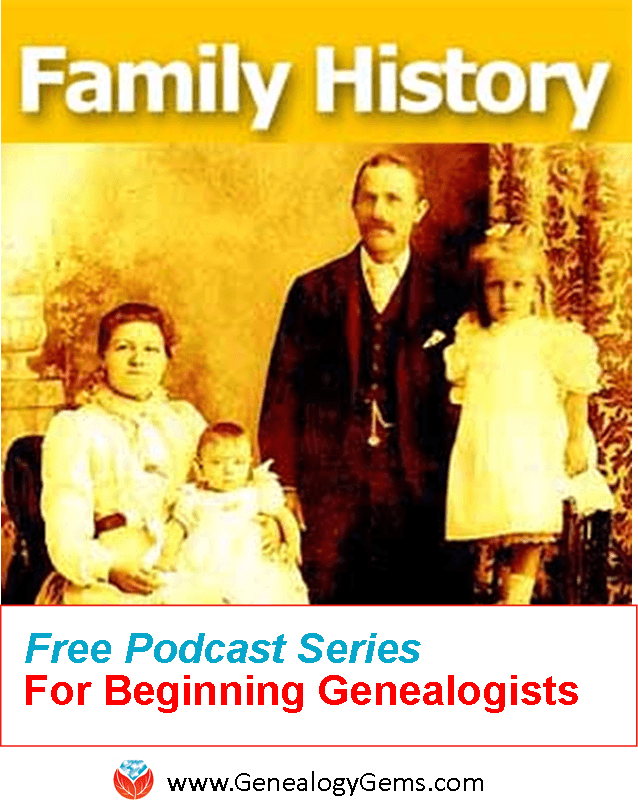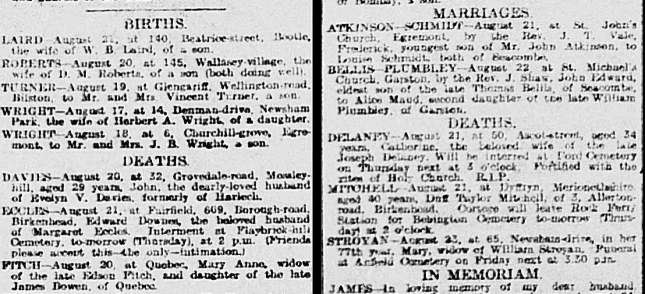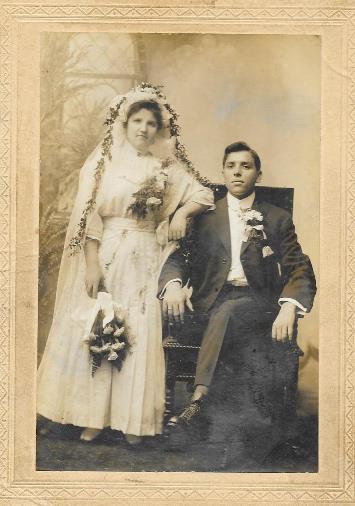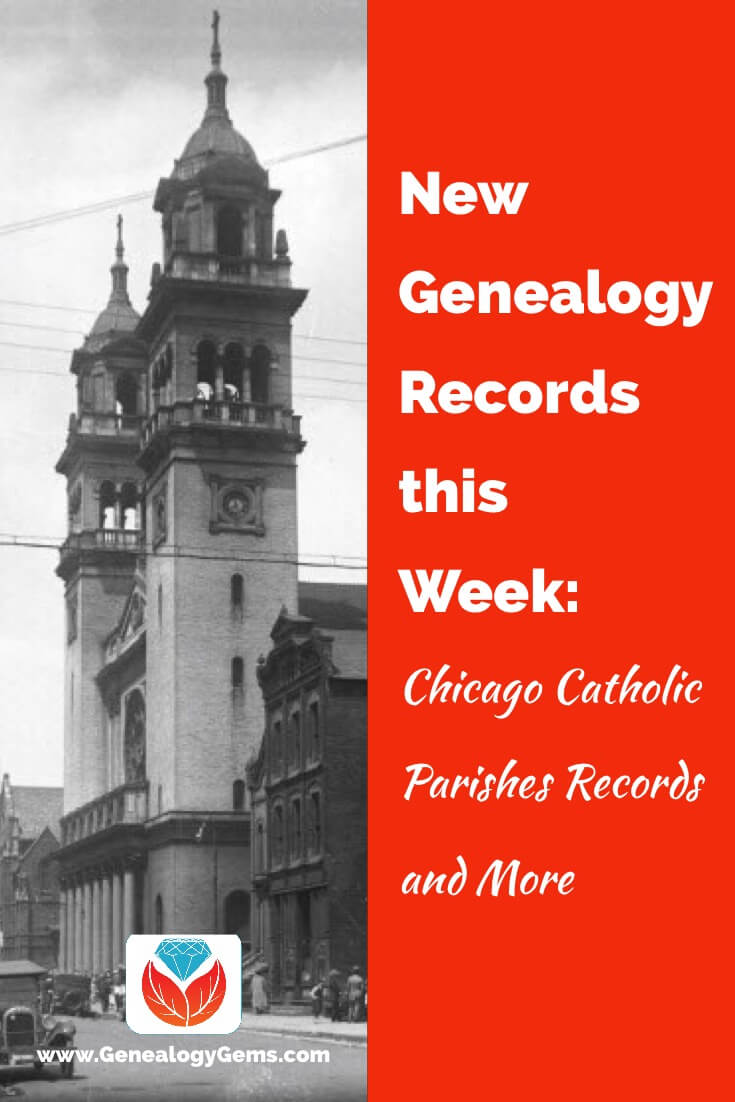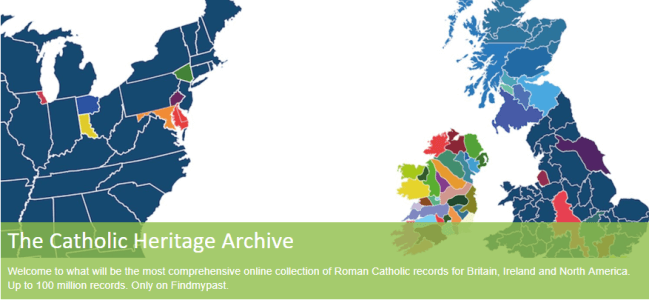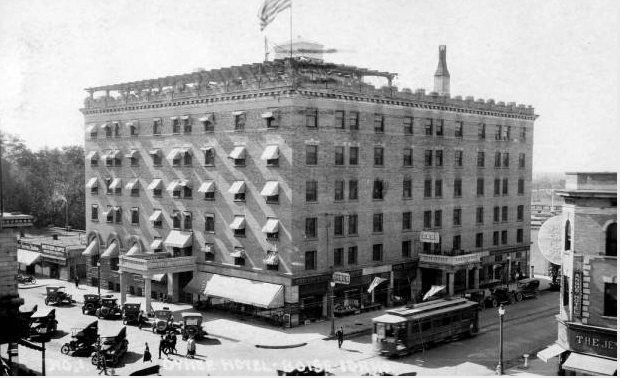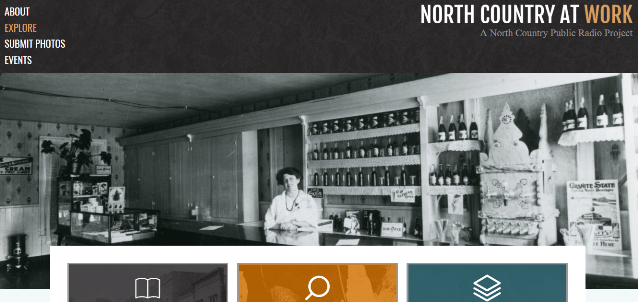New Genealogy Records Online: WWI U.S. Records & More
Three new WWI U.S. records collections are available online now for free at FamilySearch! You’ll find census records for nurses in Connecticut, as well as Delaware servicemen records and navy card rosters for Florida. Also new this week are military and census records for France, and school records for Australia.
Featured: U.S. World War I Records
Three new World War I collections for the United States are available now at FamilySearch.org for free.
Connecticut, World War I, Military Census of Nurses, 1917 – This small collection of about 5,500 records includes the “military census of nurses for the year 1917 in Connecticut. Pages may appear to be missing, but this is not necessarily true because many pages were attached to other pages of the same name but in a different area within this same group of records. A general index for this census’ codes is found in the first few images of each film.”
Delaware, World War I Servicemen Records, 1917-1919 – About 3,000 records are available for this collection. Digital images of the originals are held by the Delaware Public Archives in Dover, Delaware.
Florida, World War I Navy card roster, 1917-1920 – Explore nearly 6,000 records in this index and images of a card roster of Floridians that served in the United States Navy during the First World War.
France Military & Census Records
Also new at FamilySearch are military records for France, Rhône, Military Registration Cards, 1865-1932. You can search through this database of 40,000 indexed records of military draft cards for men born between 1865-1932. “Each record contains information about the solider such as name, birthplace, residence, occupation, parents’ names and their residence, a physical description of the soldier, military curriculum, and details about wounds.”
If your ancestors lived in western France, you’ll want to take a look at the France, Vienne, Census, 1896 collection at FamilySearch. Over 365,000 records are available to search online now for free. This collection may be able to tell you your ancestor’s surname, age, estimated birth year, province, marital status, and relationship to the Head of Household.
Queesland, Australia School Records
Over at MyHeritage, you can now explore the Queensland School Pupils Index, Part 5. According to the collection description, this collection contains “names of pupils from 171 schools in Queensland, Australia. Dates range from 1866 to 2003. Schools range from large city ones with admissions in the thousands to country one-teacher schools with a total enrolment of hundreds. Some schools have long ceased to exist; others are still functioning.” There are nearly half a million records included in this collection.
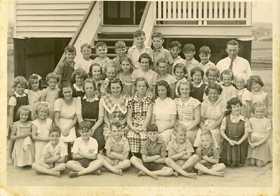
Image courtesy of Findmypast
If you haven’t already, you can also check out the other collections in this series: Queensland School Pupils Index Part 1, Part 2, Part 3, and Part 4. These four collections contain “names of pupils from 331 schools in Queensland, Australia. Dates range from 1870 to 1993 with a30-year closure, as recommended by Education Queensland, when names were extracted directly from Admission Registers. Schools range from large city ones with admissions in the thousands to country one-teacher schools with a total enrolment of hundreds. Some schools have long ceased to exist; others are still functioning.”
If you’re a Findmypast user, you can also access Parts 1-4 at Findmypast.
Learn more about Australian records
Ready to start your Australian genealogy research? Check out our free article, courtesy of Legacy Tree Genealogists. Learn all about essential Australian history, geography, genealogical record types and online resources to trace your family tree “down under.” Click here to read.

Lacey Cooke
Lacey has been working with Genealogy Gems since the company’s inception in 2007. Now, as the full-time manager of Genealogy Gems, she creates the free weekly newsletter, writes blogs, coordinates live events, and collaborates on new product development. No stranger to working with dead people, Lacey holds a degree in Forensic Anthropology, and is passionate about criminal justice and investigative techniques. She is the proud dog mom of Renly the corgi.
Disclosure: This article contains affiliate links and Genealogy Gems will be compensated if you make a purchase after clicking on these links (at no additional cost to you). Thank you for supporting Genealogy Gems!

